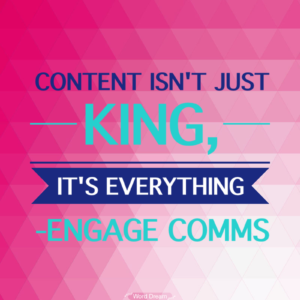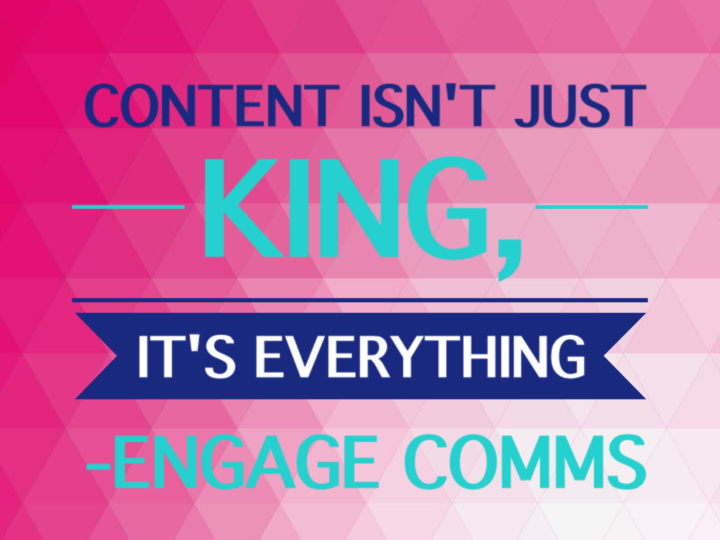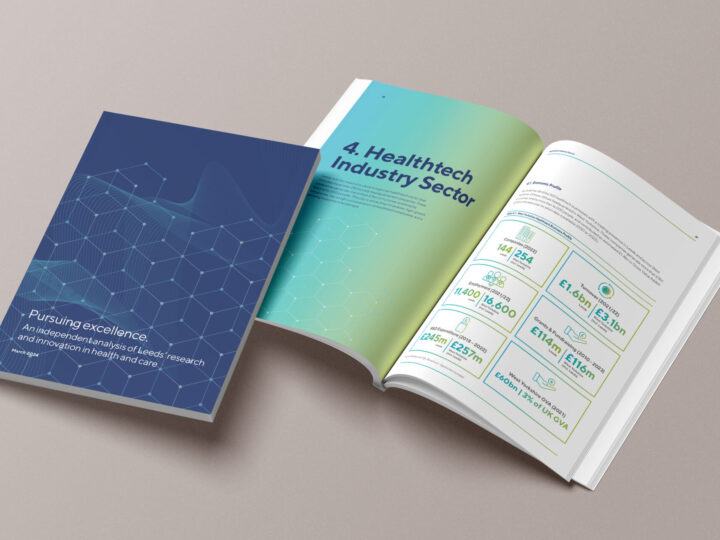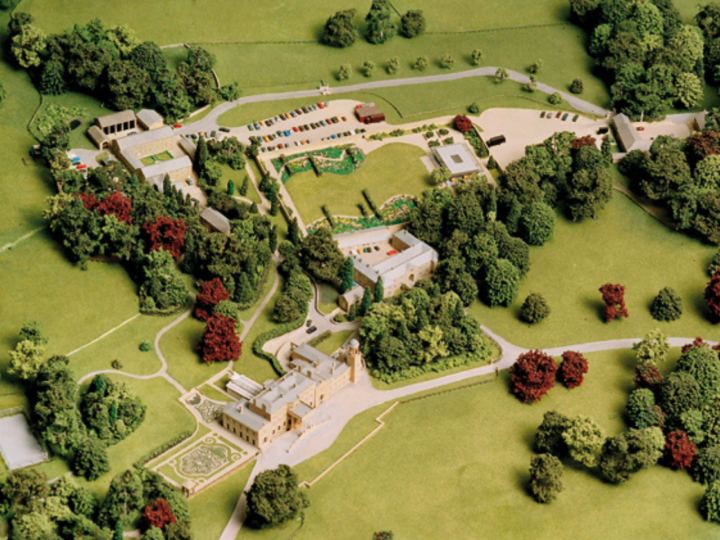After almost four years in business, our website has had a much needed re-design and content refresh to make it mobile-friendly and ensure that it reflects our evolved offer and showcases all the amazing (if we do say so ourselves!) award winning work we’ve done for a wide range of clients since we launched.
As content marketing and employer branding experts, we need to ensure that we are practising what we preach when it comes to our own online presence and we felt that our old site wasn’t people-centric enough and didn’t truly articulate what makes us different from our competitors through the look, feel and content.
Whilst we project manage the design and build of client websites on a regular basis, developing our own website has been toughest job of all. We knew all the common pitfalls to avoid but when you own the brand, it is hard not to be over-protective about how it looks and get bogged down in the minutiae of design when what really matters is the content.
So, we thought we’d share our tips on how to brief a developer/designer on building your new website so that you can make the most of the investment in an enhanced online presence.
Clearly set out your objectives
What do you want your new website to achieve? What kind of leads are you looking for from it? What image does it need to project? Who do you want to attract and what do you want them to do? All of these are vital pieces of information for a web developer to understand before they can design and build your website.
Articulate your brand narrative
A user’s journey around your website should tell them a story about who you are as a brand/ business. The only way to differentiate yourself in your marketplace is to have a unique and authentic personality and tone of voice that your target audiences can relate to and engage with. Understanding your brand narrative should have a huge impact on how the site functions and looks.
 Make sure the content leads the design
Make sure the content leads the design
The biggest mistake people make when developing a new website is to focus on the design and build of the site and leave the content as an ‘after thought’. It isn’t useful for web developers who end up with a very vague brief and it isn’t useful for visitors to the site who will end up digesting content that has been made to fit into a design template instead of the other way around. It also means that you’ll end up blowing the budget on professional design but overlooking the need to invest in professional content.
Content comes first and should lead the design. Even if your existing website content isn’t completely out-dated, it will need fully auditing and adapting before you think about building a new website.
Make the content (not just the design) mobile-friendly
We all know that Google now favours websites that are built on a mobile-friendly platform and therefore are easier for visitors to view on different devices. But you can’t make your existing website mobile-friendly without completely re-evaluating all the content for this purpose. On a mobile phone or tablet, people are looking for quick access to the information they want without images and design elements getting in the way but big blocks of text don’t work either. You need to put yourself in the shoes of your target audience, visiting the site on a mobile device and make sure that the content is easily digestible in this format.
Before you brief a web developer on making your website mobile-friendly, make sure you have adapted your content.
Leave space for storytelling
When we look at Google analytics for ours and our clients’ websites, we are interested in quality and not quantity of traffic. We look at session time and page views to determine whether or not visitors are genuinely interested enough in the content to spend time browsing the site. This gives us a pretty good indication of whether they are likely to convert into loyal customers. While modern mobile-friendly websites need to be really easy to navigate with as few pages as possible, simple menus and bitesize content, it is also important that the user journey can develop as a quality visitor navigates their way through the site from ‘top level’ summary content to more in-depth landing pages that tell the story of what you do. For us, case study and blog content were key elements of our new site and each one needs to be able to work as its own piece of engaging content in isolation because we’ll be driving audiences directly to these landing pages from social media.
Put user experience before SEO
If your website content is high quality, engaging and relevant enough, it will come up in Google searches for the right keywords and be visible, especially if you use language that your target audiences find intuitive rather than what a search engine algorithm tells you they want to hear. ‘Techy’ web developers might advise you to have numerous landing pages that drive users to content specifically designed to come up in search engines. But this can make the user experience confusing and send visitors running from something they can’t navigate. Keep your ‘evergreen’ content (core pages of the site) simple and maintain a steady stream of ‘fresh’ content (blogs, new product listings, news, case studies, social media updates) and you’ll attract quality, rather than quantity traffic.
Keep things flexible
The launch of your new website is just the beginning of the journey. You need to be able to constantly update and evolve it so make sure that you brief the web developer on keeping things as flexible and easy to change as possible as your business grows and evolves.
Our new website is now live – please take a look and let us know what you think www.engagecomms.co.uk. Don’t know where to start with your own new website? We can help!



